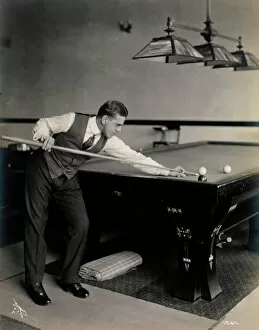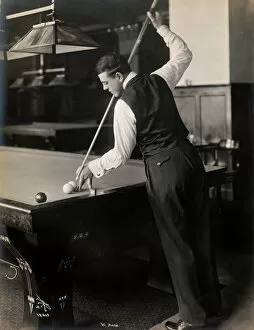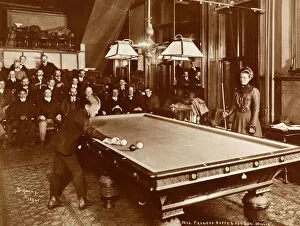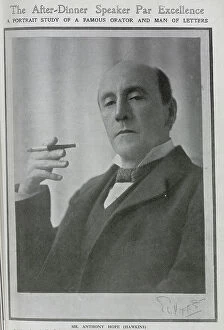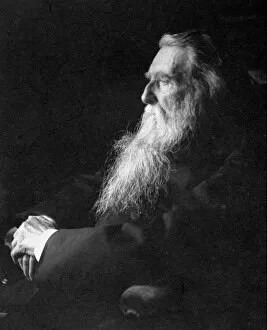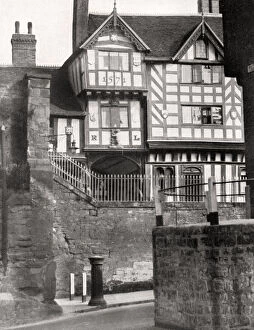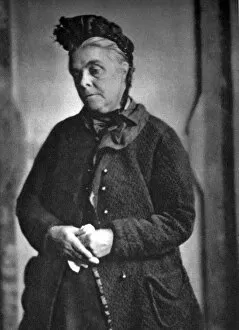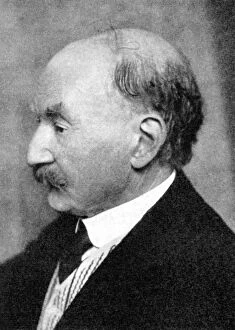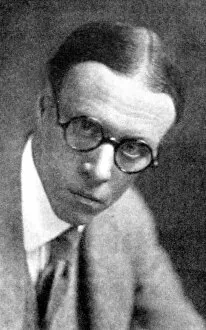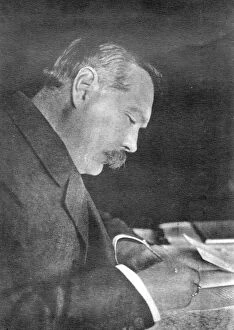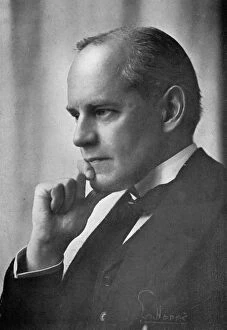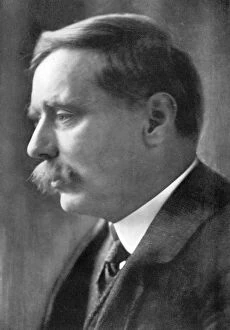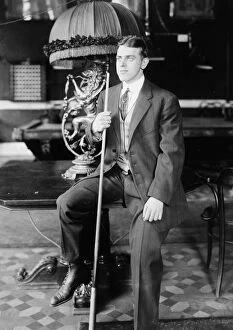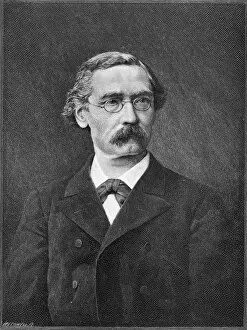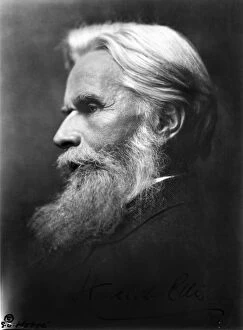Hoppe Collection
"Hoppe: A Captivating Glimpse into the World of Billiards and Beyond" Step into the world of billiards, where every shot is a calculated move towards victory
For sale as Licensed Images
Choose your image, Select your licence and Download the media
"Hoppe: A Captivating Glimpse into the World of Billiards and Beyond" Step into the world of billiards, where every shot is a calculated move towards victory. The sound of balls colliding, the clinking of cues, and the intense concentration on players' faces create an atmosphere filled with excitement and anticipation. In this captivating collection, we explore various aspects of life through the lens of Hoppe. But who exactly is Hoppe? Well, he's not just one person but a name that resonates with different individuals across time. Firstly, we delve into Anthony Hope Hawkins' portrait as "The After-Dinner Speaker Par Excellence. " This renowned novelist and playwright exudes confidence as he holds a cigarette between his fingers. His words are like billiard shots - precise and impactful. Next up is John Ruskin, an English artist known for his poetic prowess. In Emil Otto Hoppe's photograph from 1897, Ruskin's contemplative gaze hints at his deep understanding of artistry in all its forms – much like mastering the perfect stroke on a billiard table. But let us not forget about Lord Leycester Hospital in Warwick or Selworthy Cottage in Somerset – both beautifully captured by Hoppe himself. These architectural wonders stand tall against time, reminding us to appreciate history while embracing progress. It also turns his lens towards ordinary people like charwomen and coalmen in London during 1926-1927. Through these photographs, their resilience shines bright amidst challenging circumstances – just like maneuvering around obstacles on a billiard table to achieve success. And then there are literary giants Arnold Bennett and Thomas Hardy immortalized by Emil Otto Hoppe's artistic vision. Their portraits capture their essence as influential figures whose words echoed through generations – much like how each game played on a billiard table leaves an indelible mark on its participants.

